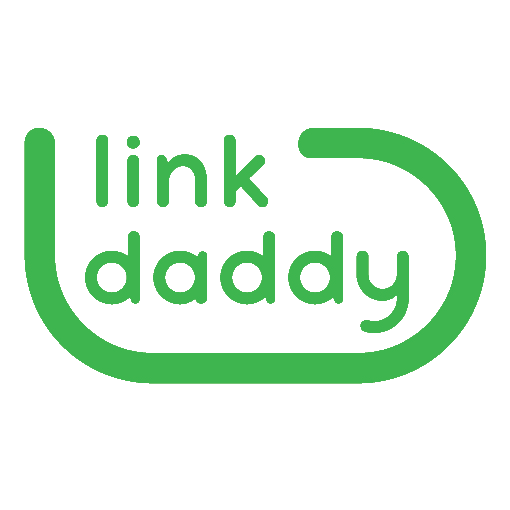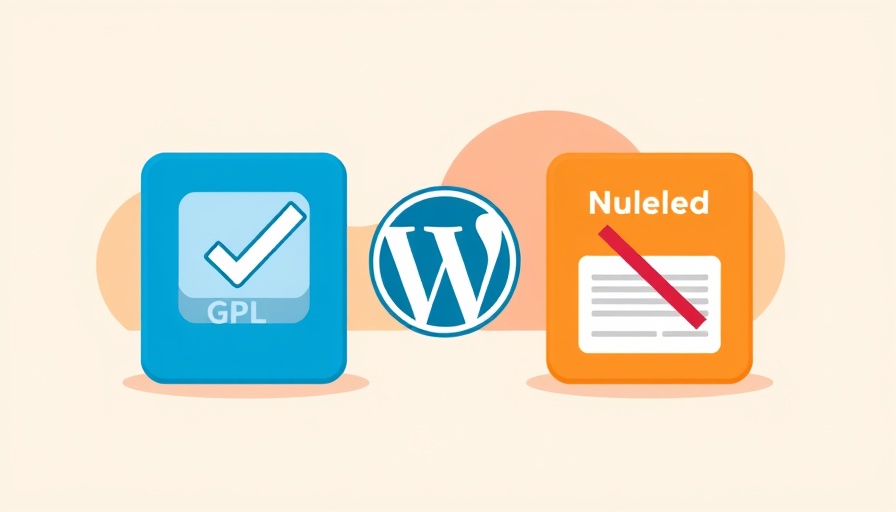
Understanding the Key Differences Between CSS Margin and Padding
When designing websites, two essential CSS properties come into play: margin and padding. While they may seem similar, understanding their differences is crucial for creating effective web layouts and enhancing user experience. In this article, we delve into the distinctions between margin and padding, their uses, and how to leverage each to improve your website's design and functionality.
The Basics: What Is Margin and What Is Padding?
In CSS, margin is the space outside an element's border, essentially controlling the distance between that element and its neighboring elements. Think of margin as a buffer zone that creates breathing room on your webpage. On the other hand, padding refers to the space between an element's content and its border, shaping how the content sits inside the box model.
To illustrate this, consider a box with both margin and padding. If an element has a margin of 20 pixels, this translates into 20 pixels of space separating it from elements around it. Conversely, a padding of 20 pixels means the content inside that box has a 20-pixel cushion, ensuring it doesn't touch the edges.
Why Does It Matter? The Importance of Understanding CSS Box Model
The CSS box model is fundamental to web design, defining how elements are structured and displayed on the browser screen. Properly utilizing margins and padding is essential to effective layout design, ensuring that elements are not only visually appealing but also functional. By mastering the box model, you can optimize layout design, improve user experience, and create a more engaging website.
For instance, padding can affect the dimensions of an element, expanding its clickable area. This is particularly useful for buttons and links, making them more interactive. On the other hand, margins play a key role in organizing the layout, preventing overcrowding and visually separating different sections.
The Right Time to Use Margin vs. Padding
When deciding whether to use margin or padding, consider the following:
1. Use Margin for Positioning and Spacing Between Elements
- Adjusting Element Position: Want to center a div? Set its left and right margins to auto. This allows the browser to distribute the space evenly.
- Creating Whitespace: Employ margins to define clear spaces between elements such as images and text, which improves visual communication.
2. Use Padding for Enhancing Content Appearance
- Adding Internal Space: To improve readability, use padding to create distance between the text and the element's border.
- Enhancing Interaction: Increase the padding on buttons to make them more clickable without altering the layout.
Common Misconceptions About Margin and Padding
Many beginners confuse margin and padding, often leading to layout issues. A frequent misconception is that both serve the same purpose, but they do not. Margins can accept negative values and create overlap, while paddings cannot. This differentiation is vital when designing intricate layouts that require careful spacing and positioning.
Practical Tips for Implementing Margin and Padding
Here are some actionable insights for effectively using margin and padding in your web designs:
- Utilize CSS shorthand properties to streamline your code. For example, instead of defining each margin side one by one, use
margin: 10px 20px;for top/bottom and left/right values simultaneously. - Always inspect your box model as it affects how elements respond to layout changes, especially when responsive design factors are considered.
- Test with tools like Google DevTools to visually adjust margins and padding, helping you find the perfect spacing for your design.
Future Trends in CSS and Web Design
As web design continues to evolve, mastering the nuances of CSS will be imperative for developers. Adapting to trends such as mobile-first design and flexible grid layouts will make the understanding of margin and padding even more relevant. Embracing tools that simplify margin and padding management, such as CSS frameworks and preprocessors, can also streamline your design process.
Final Thoughts: Why This Matters for Professionals and Business Owners
For web developers, marketers, and business owners alike, mastering margin and padding is not just about aesthetics—it's integral to optimizing user experience and enhancing site functionality. Investing time in these CSS fundamentals can lead to more efficient designs, improved load times, and happier users. With a solid grasp of these concepts, you can elevate your web presence and achieve more significant results in your marketing endeavors.
Now that you have the tools, embark on your next web design project with confidence. Understanding how to skillfully manipulate margin and padding will ultimately empower you to create cleaner, more effective layouts. Begin implementing these techniques today to see immediate improvements in your website's user experience!
 Add Row
Add Row  Add
Add 




Write A Comment